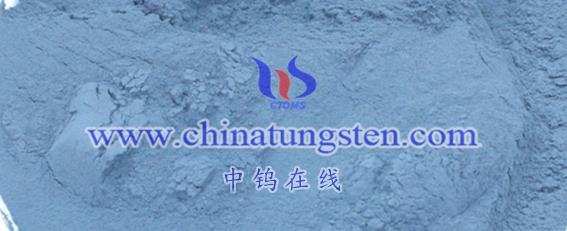
Tungsten oxide (WO3) nanomaterials have demonstrated several significant advantages in photocatalytic hydrogen production, making them a focal point of research in this field. Below are the main advantages of WO3 nanomaterials in photocatalytic hydrogen production:
- Excellent Visible Light Response Tungsten oxide nanomaterials have a relatively low bandgap (usually between 2.5–2.8 eV), which enables them to efficiently absorb and utilize the visible light portion of sunlight. Visible light accounts for nearly 50% of solar radiation energy, so this characteristic significantly enhances the utilization of sunlight by WO3, thereby improving the efficiency of photocatalytic hydrogen production.
- Good Stability Under prolonged light exposure, tungsten oxide nanomaterials maintain excellent resistance to photodegradation and stable electron transport properties. This stability is crucial for the long-term, reliable operation of photocatalytic hydrogen production reactions. In contrast, some other photocatalysts may experience performance degradation or deactivation under extended light exposure, while WO3 is capable of maintaining its catalytic activity over time.
- Rich Oxygen Vacancies Through specific preparation methods (such as chemical reduction, high-temperature treatment, etc.), rich oxygen vacancies can be introduced into WO3 nanomaterials. These oxygen vacancies act as centers for capturing photogenerated electrons, reducing the recombination of photogenerated electrons and holes, thus enhancing the efficiency of photocatalytic hydrogen production. Additionally, the presence of oxygen vacancies may also influence the electronic band structure of WO3, further optimizing its photocatalytic performance.
- Diverse and Relatively Low-Cost Preparation Methods The preparation methods for WO3 nanomaterials are diverse, including hydrothermal synthesis, sol-gel methods, chemical vapor deposition, and more. These varied methods provide researchers with more options to tailor the preparation process based on specific needs, in order to obtain WO3 materials with excellent performance. Furthermore, tungsten is abundant in nature and relatively inexpensive, making the production cost of WO3 nanomaterials lower, which is beneficial for large-scale industrial production.
- Environmentally Friendly and Pollution-Free As an inorganic semiconductor material, WO3 does not generate toxic or harmful substances during photocatalytic hydrogen production, making it environmentally friendly. This aligns with the principles of green chemistry and sustainable development, making WO3 nanomaterials a promising candidate for large-scale applications in photocatalytic hydrogen production.
WO3 nanomaterials exhibit excellent visible light response, good stability, rich oxygen vacancies, diverse and cost-effective preparation methods, and environmentally friendly properties. These advantages make WO3 an important research subject in the field of photocatalytic hydrogen production, with potential for large-scale industrial application in the future.
More details of tungsten oxide product, please visit website: tungsten-oxide.com
Please contact CHINATUNGSTEN for inquiry and order of tungsten oxide:
Email: sales@chinatungsten.com
Tel.: 86 592 5129595














